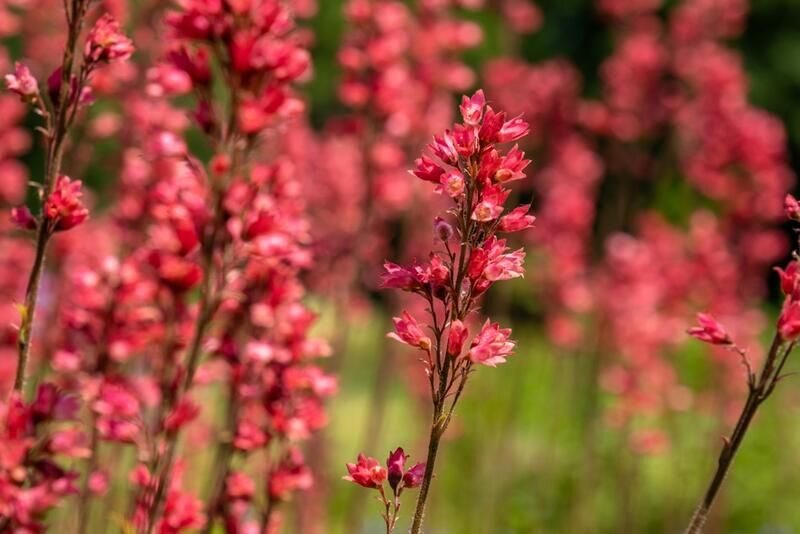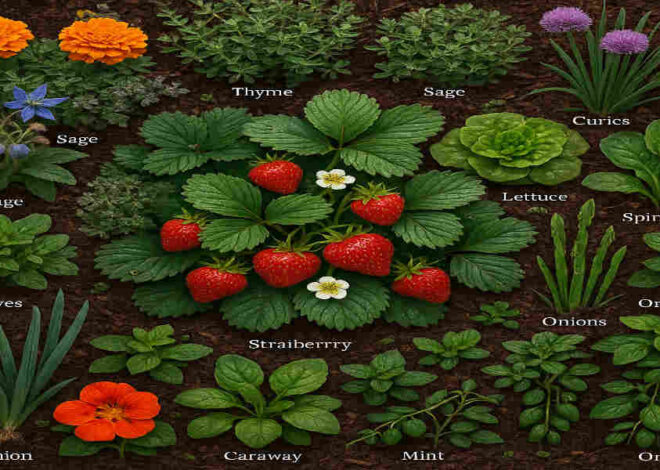
Sundrop Flower: Bright, Drought-Resistant Beauty for Home Gardens
Gardening enthusiasts and nature lovers always seek plants that combine beauty, resilience, and low-maintenance care. The sundrop flower offers all these qualities, making it the perfect choice for modern gardens. With its cheerful blooms and ability to thrive in challenging conditions, this plant is a shining star among drought-resistant flowers.
Whether you’re a seasoned gardener or a beginner looking to add a splash of colour to your yard, this article will guide you in making the most of this stunning plant.
What is the Sundrop Flower?

Definition and Botanical Background
The sundrop flower, scientifically known as Oenothera fruticosa, is a member of the evening primrose family. While its botanical name may sound complex, its common name perfectly describes its sunny, yellow flowers that resemble glowing drops of sunshine.
This perennial plant is native to North America and thrives in various climates and soil conditions. Depending on the region, it’s known by several other names, including narrow-leaf evening primrose and southern sundrops. With its bright yellow petals, the sundrop flower grows in clusters that can light up any garden.
Physical Description
The sundrops flower stands out with its vibrant appearance:
- Colour: Bright yellow blooms that radiate warmth and joy.
- Size: Depending on the variety, size ranges from 12 to 36 inches in height.
- Flowering Period: Blooms from early summer to late fall, offering months of beauty.
- Growth Habit: A clump-forming perennial with slender stems and narrow, lance-shaped leaves.
Native Habitat
The sundrop flower is found primarily in North America’s eastern and southeastern regions. It thrives in prairies, meadows, and open woodlands. Its ability to adapt to poor soils and dry conditions makes it an ideal choice for gardeners needing a hardy and versatile plant.
The Unique Appeal of Sundrop Flower
Why Choose Sundrop Flower for Your Garden?
The sundrop flower stands out for its beauty and many garden benefits. Let’s explore what makes it so special.
Bright, Cheerful Blooms
The sundrop flower’s vivid yellow petals are a delight to behold. Adding these flowers to your garden instantly creates a cheerful and inviting atmosphere. Their brightness pairs well with other flowers, making them versatile for any garden design.
Extended Blooming Period
Unlike many plants that bloom briefly, the sun drop flower offers an extended blooming season, lasting from early summer to fall. This means you can enjoy its beauty for months without replacing it.
Symbolism
The sundrop flower carries deep symbolism, representing joy, resilience, optimism, and unity. Planting these flowers can remind you of perseverance and happiness, making them a visual treat and a meaningful addition to your garden.
Attracts Pollinators
Sundrop flowers attract pollinators such as bees and butterflies. By planting these flowers, you’re supporting biodiversity and helping essential pollinators thrive in your garden.
Versatility for Different Garden Styles
Whether you’re designing a cottage garden, a modern landscape, or a xeriscape (low-water garden), the sundrop flower fits right in. Its adaptability to various styles and settings makes it a favourite among gardeners.
Drought Resistance and Hardiness
A Flower Made for Modern Challenges
In today’s world, where water conservation is becoming increasingly important, drought-resistant plants like the sundrop flower are gaining prominence. Here’s why it’s a perfect fit for water-wise gardening:
Drought Tolerance
The sundrop flower is exceptionally drought-tolerant. Its deep root system allows it to survive dry spells with minimal watering, making it ideal for regions with low rainfall or gardeners who want to reduce their water usage.
Soil Adaptability
One of the sundrop flower’s standout features is its ability to thrive in poor, well-drained, or rocky soils. It’s a forgiving plant that doesn’t require rich, fertile ground to flourish.
Heat Resistance
The sundrop flower performs well in hot climates, maintaining its vibrant blooms even during scorching summer days.
Low Maintenance
Busy gardeners will appreciate how little care the sun drop flower requires. Once established, it needs minimal watering and attention.
Disease and Pest Resistance
Unlike many other plants, the sun drop flower resists most pests and diseases. This makes it a robust choice that won’t require constant monitoring or treatment.
How to Grow Sundrop Flower
Planting and Care Guide
To ensure your sundrops flower thrives, follow these practical tips:
Ideal Planting Locations
- Sunlight: Plant in full sun for the best blooms.
- Soil: Well-drained soil is key; sandy or rocky soils work well.
Step-by-Step Planting Instructions
- Seeds: Sow seeds directly into the garden in early spring.
- Cuttings: Take softwood cuttings in late spring or early summer.
- Transplants: Space plants 12–18 inches apart to allow for growth.
Watering Schedule
Water sparingly, especially once the plant is established. Overwatering can lead to root rot.
Fertilizing Tips
Use a balanced fertilizer once in the spring for healthy growth.
Pruning and Deadheading
Remove spent blooms to encourage continuous flowering. In late fall, cut back the stems for tidiness.
Propagation
The sundrop flower spreads via runners. Divide plants every few years to control their growth and create new plants.
Seasonal Care
- Spring: Plant seeds or transplants, fertilize, and water.
- Summer: Deadhead flowers to prolong blooming.
- Fall: Cut back foliage and prepare for dormancy.
Landscape Uses for Sundrop Flower
Design Ideas and Combinations
The sundrop flower is as versatile as it is beautiful. Here are some ways to incorporate it into your garden:
Best Garden Settings
- Borders: Create vibrant edges for paths or flower beds.
- Slopes: Use sun drop flowers to stabilize soil on slopes or banks.
- Rock Gardens: Their drought tolerance makes them perfect for rocky areas.
- Pollinator Beds: Attract bees and butterflies by planting sundrop flowers alongside pollinator-friendly plants.
Companion Planting
Pair sun drop flowers with lavender, salvia, or coneflowers for a stunning combination of colours and textures.
Naturalizing
Use sun-drop flowers to create wildflower meadows or naturalized areas. They blend seamlessly into informal landscapes.
Container Gardening
Yes, sun-drop flowers can thrive in pots! Choose a well-draining container and place it in a sunny spot.
Sundrop Flower vs. Other Drought-Resistant Flowers
Here’s how the sun drop flower compares to other popular drought-resistant flowers:
Here’s how the sundrop flower compares to other popular drought-resistant flowers:
| Feature | Sundrop Flower | Other Drought-Resistant Flowers (e.g., Lavender, Coneflower) |
|---|---|---|
| Bloom Period | Early summer-fall | Varies |
| Pollinator Friendly | Yes | Yes |
| Soil Requirements | Tolerates poor | Varies |
| Water Needs | Very low | Low |
| Maintenance | Minimal | Low to moderate |
| Symbolism | Joy, resilience | Varies |
Conclusion
The sundrop flower is truly a gem for modern gardens. Its vibrant blooms, resilience, and low-maintenance care make it an excellent choice for gardeners of all skill levels. Whether you want to create a colourful border, attract pollinators, or reduce water usage, the sundrop flower will meet your needs.
You may also read (amazing benefits of plectranthus the ultimate guide for your garden)


